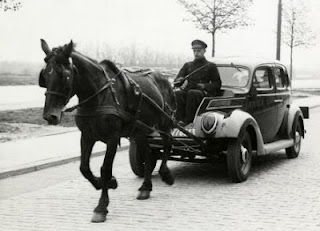To -ise or not to -ize

Gielgud as Hamlet People have become very grumpy about the use of -ize . We always spell several common words as follows: advertise, advise, arise, chastise, circumcise, compromise, despise, devise, disenfranchise, enterprise, excise, exercise, franchise, improvise, incise, merchandise, revise, supervise, surmise, surprise, televise. It is not true that -ize is solely an American usage, as it has been frequently used in British English for centuries. Those who want to be super-pedantic claim that -ize should be selected in cases where the classical Greek verb deployed the -izo ending. As far back as the thirteenth century we find examples of usages such as baptize . My preference is to use -ize . What's yours? Dr Ian McCormick is the author of The Art of Connection: the Social Life of Sentences and 11+ English



